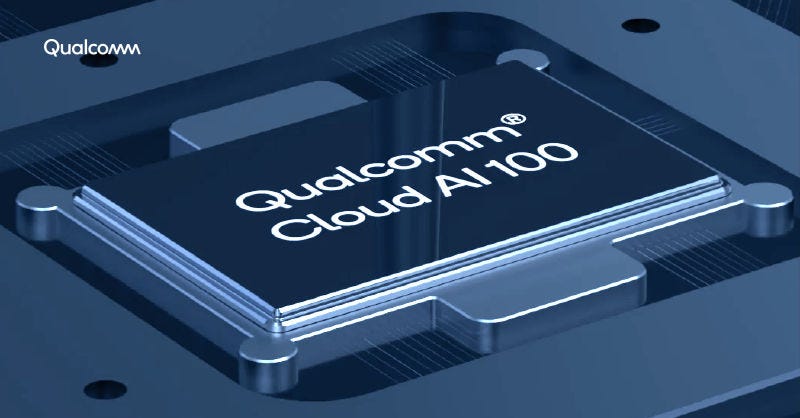Last Week in AI #326 - Qualcomm AI Chips, MiniMax M2, Kimi K2 Thinking
Qualcomm announces AI chips to compete with AMD and Nvidia, MiniMax Releases MiniMax M2, Universal partners with Udio, and more!
Qualcomm announces AI chips to compete with AMD and Nvidia — stock soars 11%
Qualcomm unveiled two data center AI accelerators, the AI200 (shipping in 2026) and AI250 (planned for 2027), marking a major pivot from its mobile and wireless roots. Both will be offered in full, liquid‑cooled server racks, matching Nvidia and AMD’s rack‑scale systems that clu…



